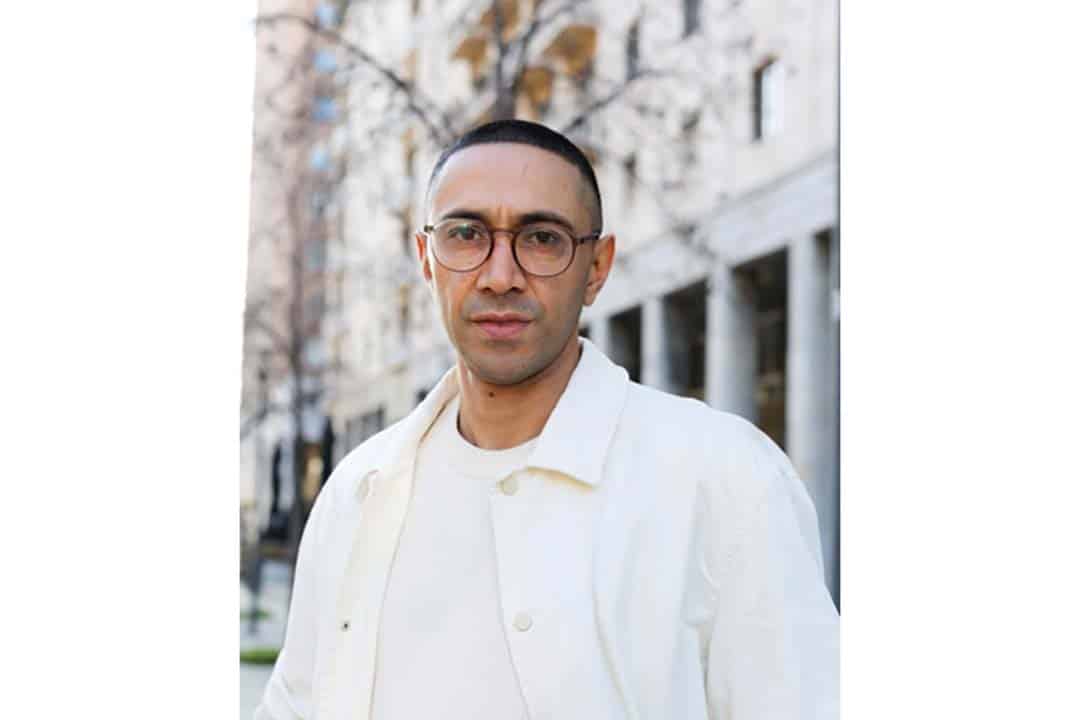On February 2, the Department of Italian Studies at U of T hosted a concert by Italian rapper and educator Amir Issaa. The event started with a question and answer period focused on Issaa’s book, Vivo per Questo, as well as rap as a tool for expression, education, and social justice.
The Varsity spoke with Issaa and Angelica Pesarini, an assistant professor in the Department of Italian Studies and the Centre for Diaspora and Transnational Studies, about the event, its connections to the global antiracism movement, and its relevance to students in Canada.
Rap as expression and social education
Issaa explained that he was born in Italy to an Italian mother and an Egyptian father. His upbringing was difficult, especially after his father was arrested, and he explained during the question and answer period that, as a child, his default response was silence.
However, rap gave him the opportunity to take his familial experiences — as well as experiences of racism and alienation in an Italian society that wasn’t yet ready to accept multiculturalism — and turn them into art. Many of his songs hint at themes related to social justice and touch on his own personal experiences.
Issaa noted that he is one of the second generation of rappers to start up in Italy, who looked to the United States where hip hop was invented. According to him, the situation is very different now — were he to be attending high school in 2023, he would no longer be one of the only people of colour in the classroom.
Pesarini added that part of the reason why they invited Issaa to speak at the university is that doing so starts to undo the harmful assumption about Europe’s all-white history. “We’re trying to show that Italy has never been a white country,” Pesarini explained. “The first Duke of Florence was a biracial man… This part of history has been kind of forgotten.”
Pesarini sees Issaa’s work as an opportunity to explore different epistemologies and teach history through poetry. She views his work as transforming experiences into art, which subsequently turns them into shared knowledge.
Furthermore, Pesarini explained that this is an opportunity for university students — who often already have some form of a connection to immigration and multiculturalism — to learn about a concept they’re familiar with in a different context. After all, racism looks different in Italy than it does in North America, even if it has the same roots.
A new generation
Issaa believes that even if children don’t respond to institutionalized education, they’ll often be engaged in learning if they can express themselves creatively. As a result, Issaa has been delivering workshops in classrooms for the past ten years, encouraging kids to learn through rap.
“Rap music… is fun,” Issaa said. “The kids love hip hop… For a lot of kids, [it’s] easy to approach.”
While he thinks that a lot of teachers have rejected forms of expression like hip hop for being inappropriate, Issaa believes that the younger generation of educators is slowly recognizing its potential. For example, another one of Issaa’s books, Educazione Rap, is being taught more often in schools.
Pesarini also thinks that Issaa represents a general shift in how we conceptualize Italian identity and a greater acceptance of racial diversity in the country. She added that the death of George Floyd and the resultant protests that started in the United States and swept across the world were also a turning point. According to Pesarini, many young Italian people of colour began to feel like they had to organize and speak up.
Pesarini concluded that Issaa’s work is important because it encourages creativity and passion in children. “Loving to use words, loving music, loving poetry… that is our treasure,” Pesarini said. “It’s important. And so we need to fight for that.”


